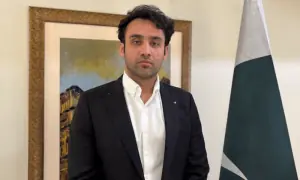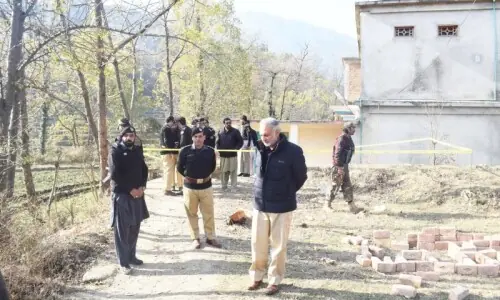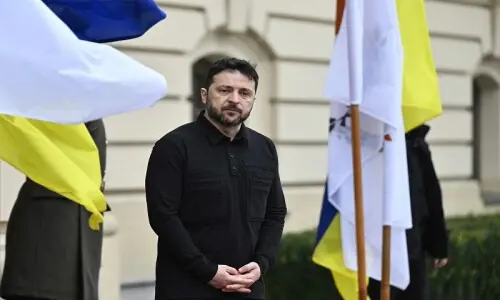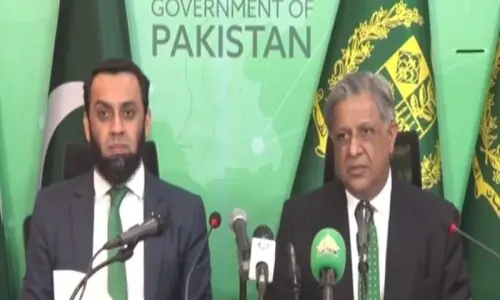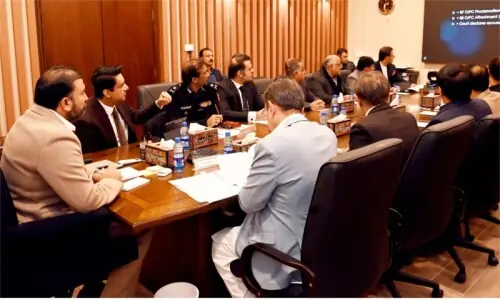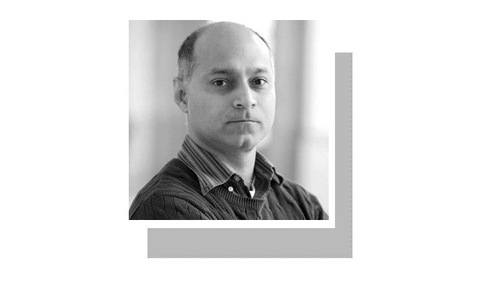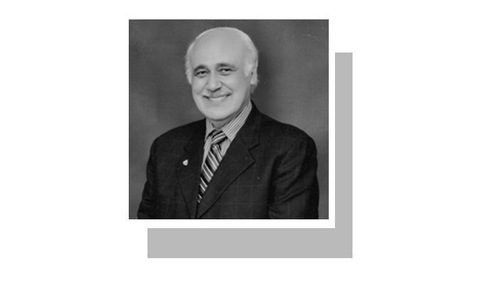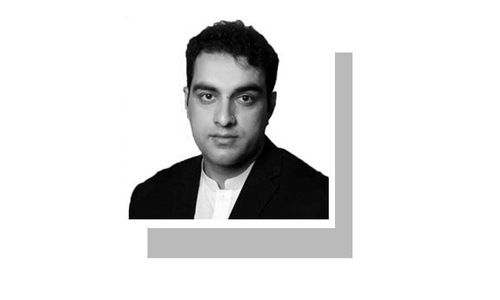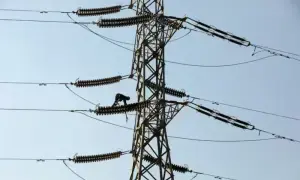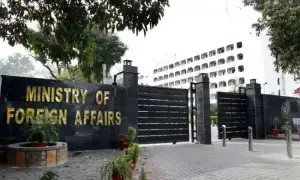THE IED blast in Peshawar on Tuesday morning brings to an end a relatively long period without high casualty terrorist attacks in the country. And Pakistanis have once again been reminded that their children are not safe in their places of learning.
At least eight young people died and more than 110 were injured when the device exploded at the Spin Jamaat or White Mosque while students from the nearby Zubbairyah madressah were attending a class there. The instructor was senior cleric Sheikh Rahimullah Haqqani, an Afghan national from Jalalabad whose lecture was being live-streamed when the blast occurred.
A news report in this paper quoted security sources saying it was caused by a sophisticated time bomb that “does not bear the signature of usual suspects like the TTP” and that it could be the work of a new and well-trained group. They further said the large crater left behind in the marble floor indicates the use of a military grade explosive or TNT.
The sheer inhumanity of the attack — targeting a venue full of students with an IED packed with pellets to increase its power to maim and kill — takes one back to Dec 16, 2014, when 143 people, mostly students, were slaughtered by militants at the Army Public School, Peshawar. This time around though, there is some speculation that Sheikh Haqqani may have been the actual target.
The theory is bolstered by the fact that the cleric survived a previous attempt to assassinate him in August 2016, when he was injured in a gun attack suspected to have been carried out by elements of the militant Islamic State group. In a video message he posted after the recent blast, Sheikh Haqqani has indicated that he believes this was yet another attempt on his life by the IS.
While this is a matter for conjecture at least until a claim of responsibility emerges or evidence to support it is found, what is clear is that militants are regrouping and perhaps evolving further into better-trained outfits. The signs have been there for the past several months, with deadly terrorist attacks as well as intelligence-based operations regularly taking place in the tribal districts. The innocent blood spilt in Peshawar on Tuesday illustrates how tenuous is the peace secured after so many years of bloodshed. We cannot afford to take our eye off what is a clear and present danger.
Published in Dawn, October 29th, 2020







